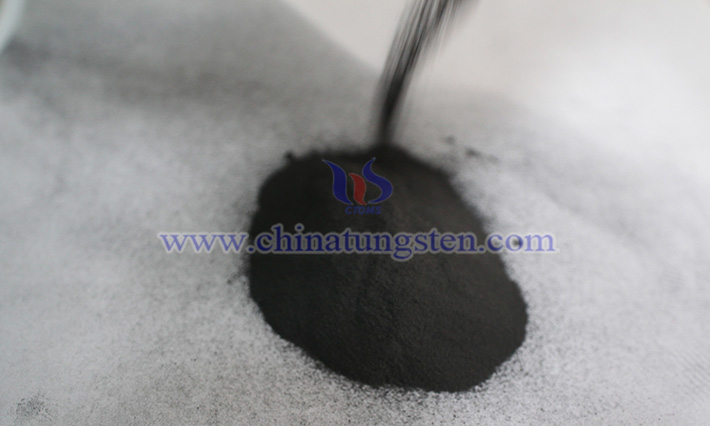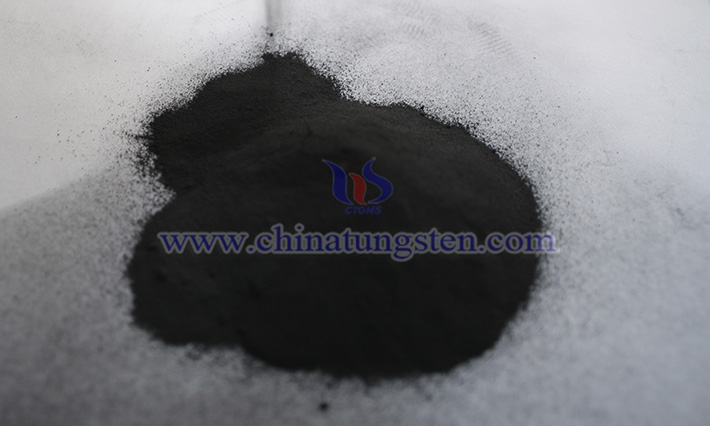Differences Between Tungsten Disulfide and Tungsten Diselenide
- Details
- Category: Tungsten Information
- Published on Wednesday, 13 August 2025 11:39
Tungsten disulfide and tungsten diselenide are typical compounds of the rare metal tungsten, both formed by combining the transition metal element tungsten with chalcogen elements (oxygen group elements). Both exhibit excellent physical, chemical, and thermal properties and are widely used in the optoelectronic field. However, there are significant differences between them in terms of specific concepts, properties, and applications. These differences stem from the distinct characteristics of sulfur and selenium, the chalcogen elements involved, which in turn lead to variations in their crystal structures, electronic bandgaps, and chemical stabilities. Such differences further result in their pergent performance in optoelectronic devices, catalytic reactions, and lubrication applications, making each compound suitable for specific scenarios based on its unique attributes.

I. Definition
Tungsten disulfide (WS₂) is a two-dimensional transition metal layered material, a blue-gray fine crystalline or powder with metallic luster composed of tungsten and sulfur, serving as the main component of tungstenite, with the molecular formula WS₂.
Tungsten diselenide (WSe₂) is a layered material composed of tungsten and selenium, formed by combining tetravalent tungsten ions (W⁴⁺) and palent selenide ions (Se²⁻), appearing as a black or gray solid powder with low thermal conductivity and a porous structure (or thermal insulator), with the molecular formula WSe₂.
II. Structure
The structure of WS₂ is a hexagonal layered system, where S-W-S molecular groups form a hexagonal network on the surface, with layers connected by van der Waals forces and within layers linked by W-S covalent bonds.
The structure of WSe₂ is hexagonal, with one tungsten atom bonded to six selenium atoms in a trigonal prismatic coordination, each selenium atom bonded to three tungsten atoms in a pyramidal configuration, with layers combined by van der Waals forces.

III. Properties
WS₂ powder has a melting point of approximately 1250°C, a density of about 7.6 g/cm³, a friction coefficient of 0.03–0.07, is insoluble in water, non-magnetic, non-conductive, and exhibits good semiconductivity, excellent lubrication and wear resistance, favorable thermochemical stability, superior lithium storage performance, excellent anti-magnetic properties, and both oxidative and reductive capabilities.
WSe₂ appears as a black or gray powder with a density of about 9.32 g/cm³, poor thermal conductivity (one hundred-thousandth that of diamond), and a bandgap between wide-gap semiconductors and zero-gap graphene, possessing excellent electrical and optical properties as well as high quantum yield.
IV. Production Process
Common production methods for WS₂ include roasting decomposition and direct synthesis. The roasting decomposition method involves the thermal decomposition of ammonium tetrathiotungstate ((NH₄)₂WS₄) into WS₃ and then WS₂ at high temperatures.
The preparation of WSe₂ involves depositing tungsten thin films of varying thicknesses on a substrate using magnetron sputtering, annealing some of the tungsten films, placing both annealed and unannealed films with selenium powder in a vacuum quartz tube for heating, and then selenizing.
V. Applications
Both can be applied in lubrication, energy storage batteries, semiconductors, and photovoltaic fields, suitable as lubricant additives, modifiers for lithium-sulfur battery cathode materials, and transistors.
- Chinatungsten Online: www.chinatungsten.com
- CTIA GROUP LTD: en.ctia.group
- Tungsten News & Price: www.ctia.com.cn
- Molybdenum News & Price: news.molybdenum.com.cn
- Tel.: 86 592 5129696; Email: sales@chinatungsten.com